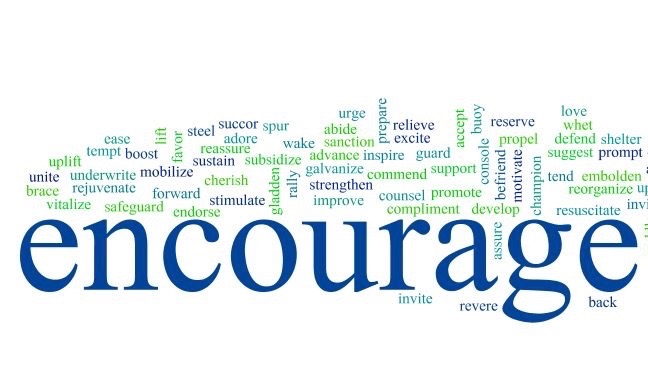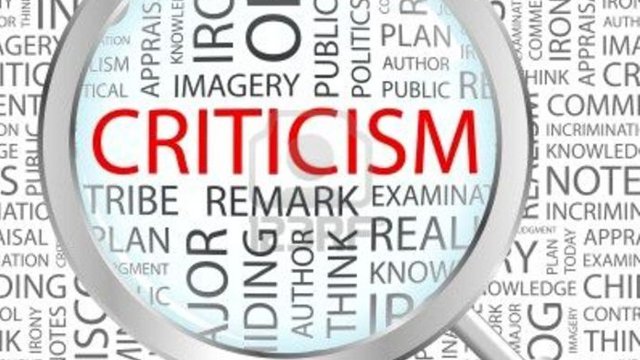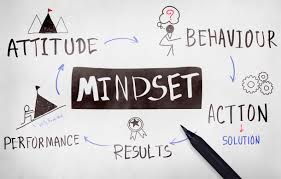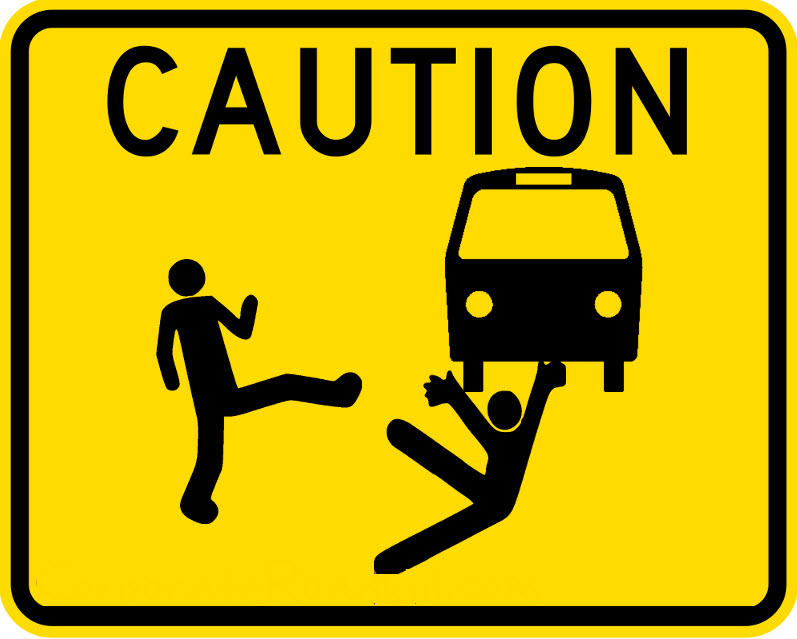
Having courage does not mean that we are unafraid. Having courage and showing courage mean we face our fears. We are able to say, ‘I have fallen, but I will get up.’ – Maya Angelou
Often when we ask for a person’s signature, we call it their “John Hancock”. This is because of the fifty-six signatures on the Declaration of Independence, one stands out above the rest. That signature belongs to John Hancock. He was the first to sign the declaration and he signed it in a large and legible script so that the king of England could read it without using his glasses.
Hancock wanted it to be very clear where his allegiance lay. His commitment to his country was so clear that when King George III offered amnesty to all who would cease fighting, John Hancock was among the select few who were left out of the offer.
Hancock’s signature was bold, emphatic, and courageous.
In leadership, courage is a character trait that is necessary in times like this. And in this series of articles, I began with what courage is not. Let’s recap:
- Courageous leadership is not placing your popularity over your principals
- Courageous leadership is not passing the buck
- Courageous leadership is not always about playing it safe
- Courageous leadership is not about kicking the can down the road
So let’s take a look at what courageous leadership is and why it matters. Next week, I will conclude this series with a lesson on how to develop a courageous leadership mindset.
Courageous leadership is guided by values
Knowing your values and living them out are two different things. A courageous leader not only knows his values but consistently lives them. Courage will be called upon at times to live them when an easier way forward can be found by compromising them Click To Tweet. Courageous leadership steps up and opts not for what is convenient but for what is right.
Courageous leadership embraces fear as part of the journey
It’s not that leaders relish fear and desire it, but they recognize that there will be times on the leadership journey that it’s a reality. Courageous leaders don’t shy away from it but find within them a way to push through because they know what’s on the other side of fear is worth it. Courageous leaders are not defined by theirs fears, but they are fueled by them.
Courageous leadership empowers others
Courageous leaders know that the key to success is not found in what they do alone, but in how they empower those around them. They understand that when they mobilize, equip, and empower their people, they can go farther, do more, and share more successes.
Courageous leadership embraces big dreams
Courageous leaders don’t settle for small dreams. They embrace the idea that big dreams are worth the struggle and overcoming the fears of attaining them is much better than the comforts of playing it safe.
Courageous leadership is not distracted by critics and small thinkers
Courageous leaders will be met by critics and small thinkers who will attempt to hold them back. As a courageous leader, you will have to press on despite it. But to get from where you are today to your destiny tomorrow, will require courage to do it. And at times, it will require courage to leave them behind.
Final Thoughts
Courage in leadership will take you places you wouldn’t get to otherwise. Embrace it with humility and confidence. It will change the dynamic of your leadership.
©2021 Doug Dickerson











